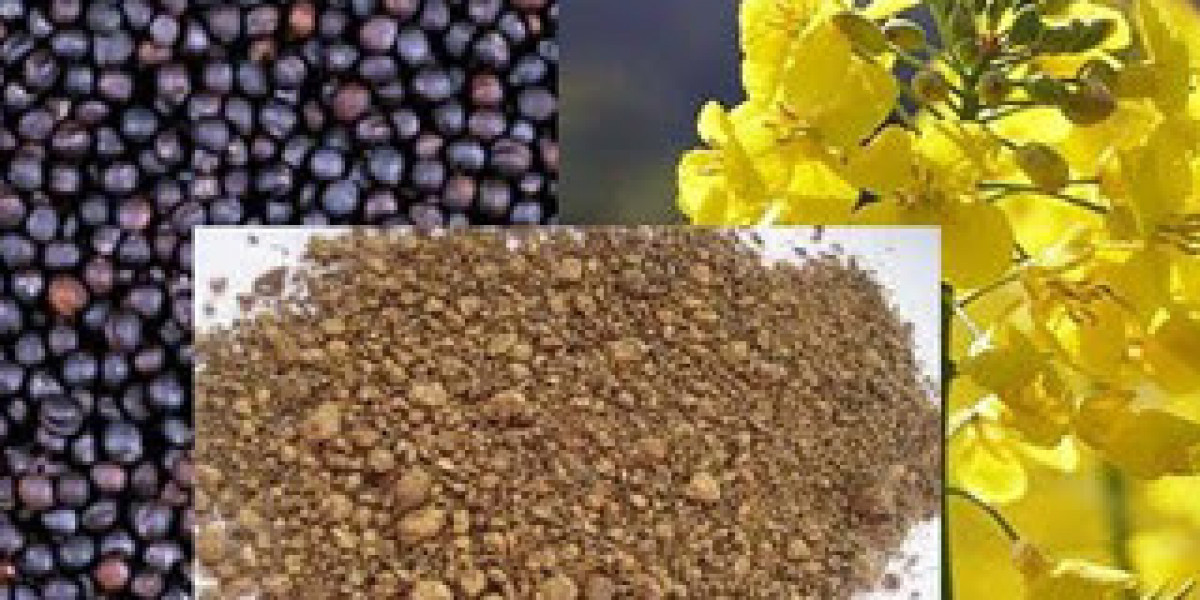Rapeseed meal, a by-product of oil extraction from rapeseed, is steadily gaining traction as a high-protein animal feed ingredient. With increasing awareness of its nutritional value and sustainable production, rapeseed meal is emerging as a viable alternative to traditional feed proteins like soybean meal. As global demand for animal protein rises, so does the need for effective and affordable livestock nutrition sources. This scenario offers a fertile ground for the growth of the rapeseed meal market.
One of the primary drivers of the rapeseed meal market is its rich protein content and favorable amino acid profile, which make it suitable for use in dairy, poultry, and swine feed. While soybean meal still dominates the global animal feed market, rapeseed meal is closing the gap, especially in regions with limited soybean cultivation or high import costs. Countries such as Canada, China, Germany, and India are major producers and consumers of rapeseed meal, benefiting from both domestic production and established agro-industrial infrastructure.
From an economic standpoint, rapeseed meal offers a cost-effective option for feed manufacturers. As prices of soybean meal fluctuate due to geopolitical tensions and climatic challenges, livestock producers are increasingly turning to alternative sources. Rapeseed meal, being a by-product, is less exposed to such volatility and offers more predictable pricing. Additionally, ongoing improvements in processing technology are helping reduce anti-nutritional factors such as glucosinolates, which had previously limited the widespread use of rapeseed meal in non-ruminant diets.
Environmental sustainability is another strong point in favor of rapeseed meal. The production process involves fewer inputs and has a lower carbon footprint compared to soybean meal, especially when sourced locally. Furthermore, rapeseed crops enhance soil health and support crop rotation systems, making them attractive for sustainable farming practices. In a world increasingly focused on eco-conscious choices, feed solutions with a lower environmental impact are likely to see sustained demand growth.
Policy support and global trade dynamics also play a pivotal role in shaping the rapeseed meal market. The European Union, for example, has been actively promoting sustainable biofuel production and associated by-products like rapeseed meal. Similarly, in countries like India, government-backed schemes are encouraging oilseed cultivation to reduce reliance on imports, indirectly benefiting the rapeseed meal sector. Favorable regulations around feed safety and product labeling also add to the credibility and marketability of rapeseed meal globally.
Despite its promising potential, the rapeseed meal market faces certain challenges. Variability in protein content, depending on the quality of seed and processing method, can limit its application in precision feeding programs. Additionally, consumer perception and awareness remain key factors, as some producers are still hesitant to fully replace or blend soybean meal with rapeseed meal. Addressing these concerns through consistent product quality and farmer education will be essential to unlocking the market's full potential.
Looking ahead, the future of the rapeseed meal market appears promising. Innovations in feed formulation and biotechnology are expected to enhance the meal's nutritional profile and digestibility. Moreover, expanding livestock farming in Asia-Pacific, Africa, and Latin America offers vast untapped markets for rapeseed meal. Strategic investments in infrastructure, supply chain efficiency, and R&D can further elevate its market presence.
In conclusion, rapeseed meal holds significant market potential as a sustainable, affordable, and nutritionally valuable animal feed ingredient. Its alignment with global trends in environmental responsibility and food security positions it well for future growth. While challenges exist, they are not insurmountable. With the right strategies, the rapeseed meal market can evolve into a robust segment of the global feed industry, supporting both producers and the planet.









